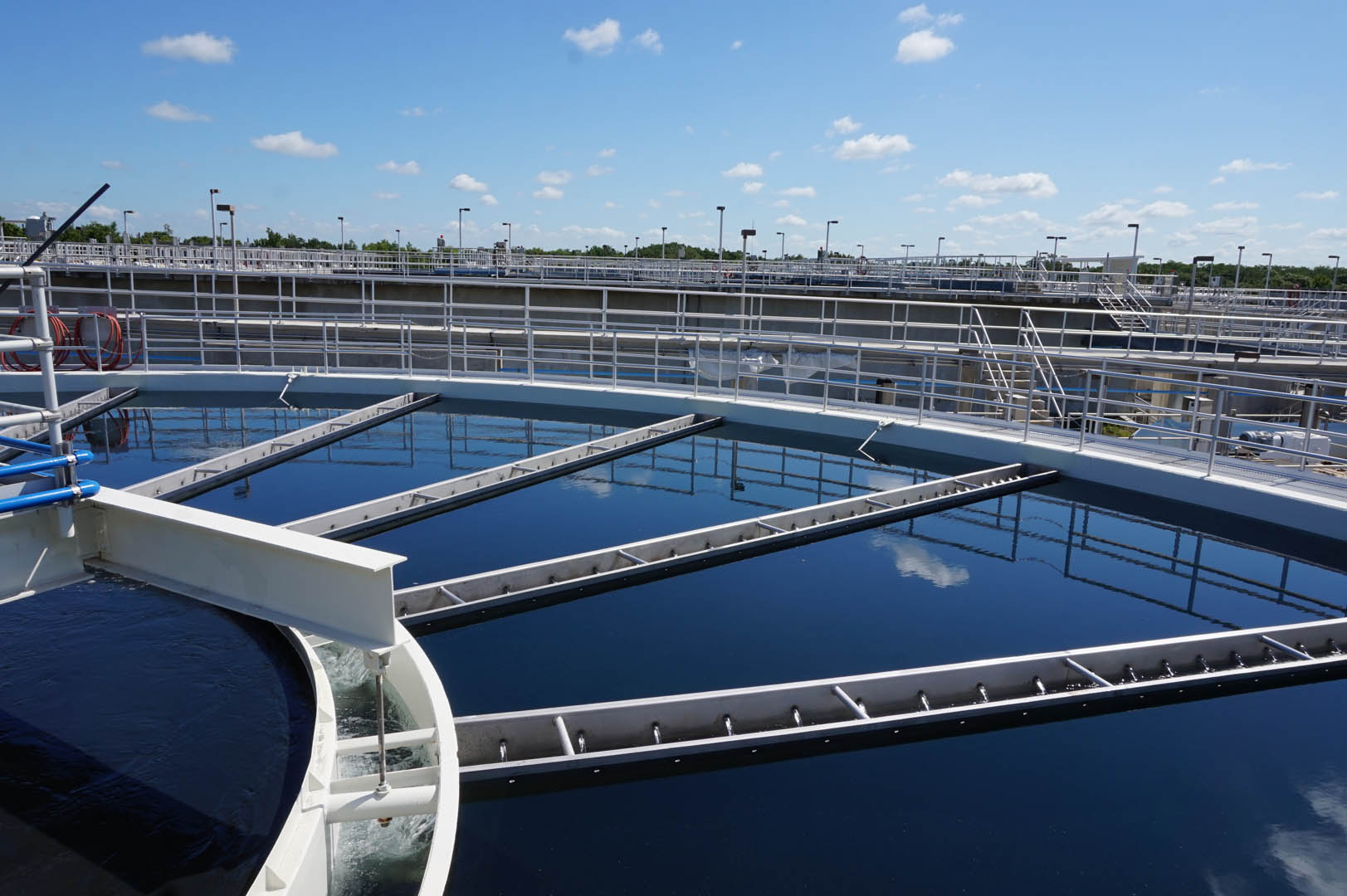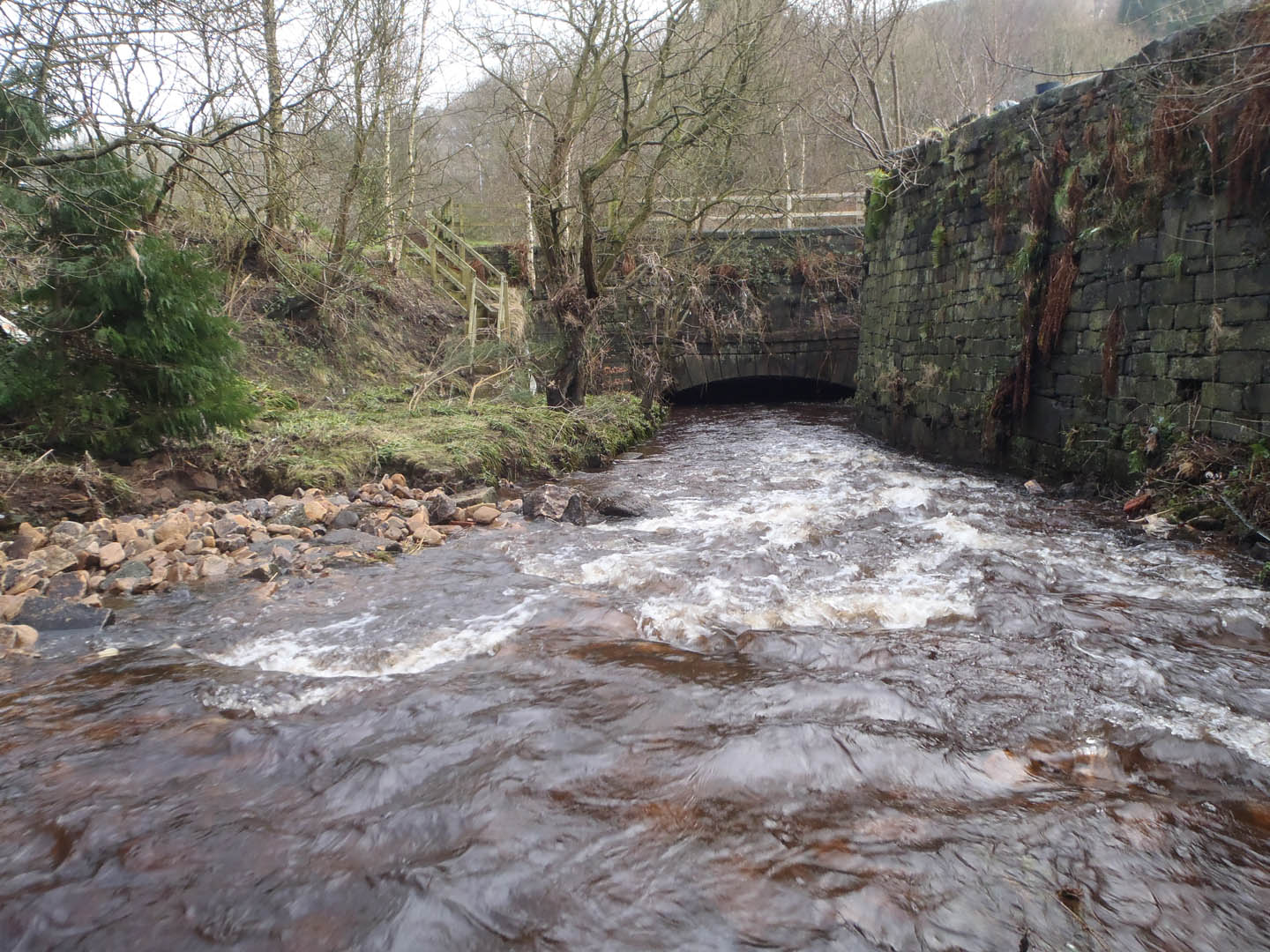
Providing climate change guidance and resilience research
Alongside climate science and industry collaborators, we have provided climate change guidance and tools for UK Water Industry Research (UKWIR), water utilities and the flood risk management community. The UKWIR Climate Change Rainfall and FUTURE DRAINAGE projects have delivered important research outputs for government agencies, industrial sectors and the water industry to improve climate change adaptation and resilience to changing rainfall patterns.
- Client UK Water Industry Research and NERC/Newcastle University
- Location UK
- Wider
team Met Office, Stantec - Services
Challenge
Rainfall intensity and how this might change in the future is of key importance to the water industry, flood risk managers and infrastructure owners. The changing patterns and intensities of rainfall now and into the future affect both flood risk and urban pollution management. Until recently, climate models have not been able to explicitly resolve the processes in the atmosphere that give rise to the most intense rainfall.
Solution
FUTURE-DRAINAGE:
We have provided guidance for the water industry and flood risk community on how to apply the rainfall intensity change estimates derived from the Met Office 2.2km UKCP18 climate model and use the information in its surface water models to assess changes in flood impact.
UKWIR:
We have updated the existing rainfall time series perturbation tool, RED-UP, that derives future rainfall time series for use by UK water companies. This tool is being widely used by the water industry to assess impacts of future rainfall patterns on sewer systems.

Benefits
FUTURE-DRAINAGE has delivered nationally important research output for uptake by government agencies and industrial sectors to improve climate change adaptation and resilience in the UK.
The UKWIR project has provided an important tool for climate resilience in the water industry and other outputs, helping to address UKWIR’s ‘big question’ on how zero uncontrolled discharges from sewers is achieved by 2050.

For more information about either of these projects email Murray Dale, or for more on our work in this area click here.



